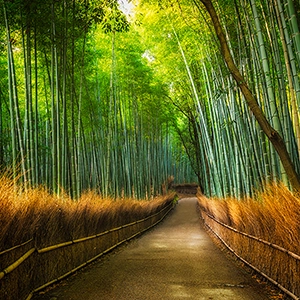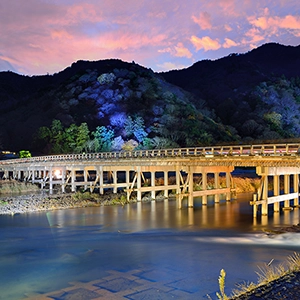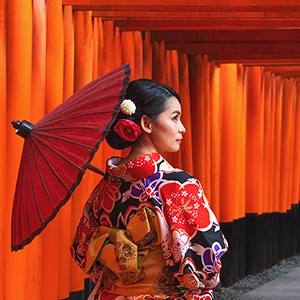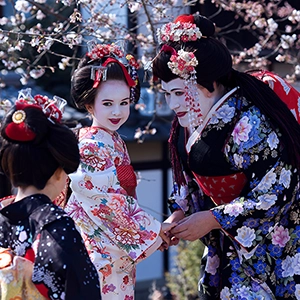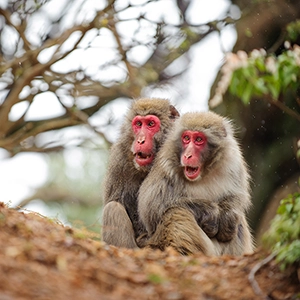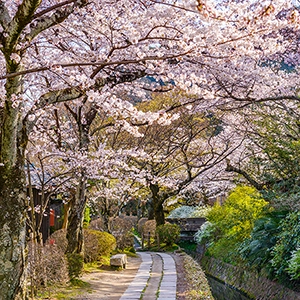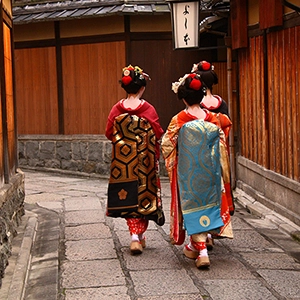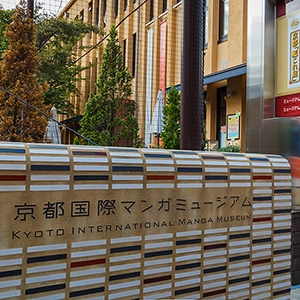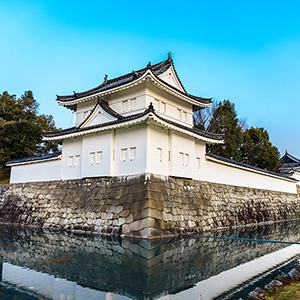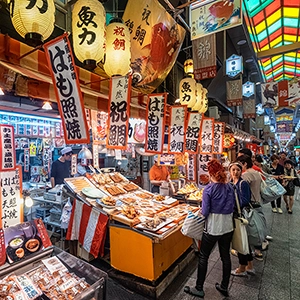Partake In A Japanese Traditional Tea Ceremony
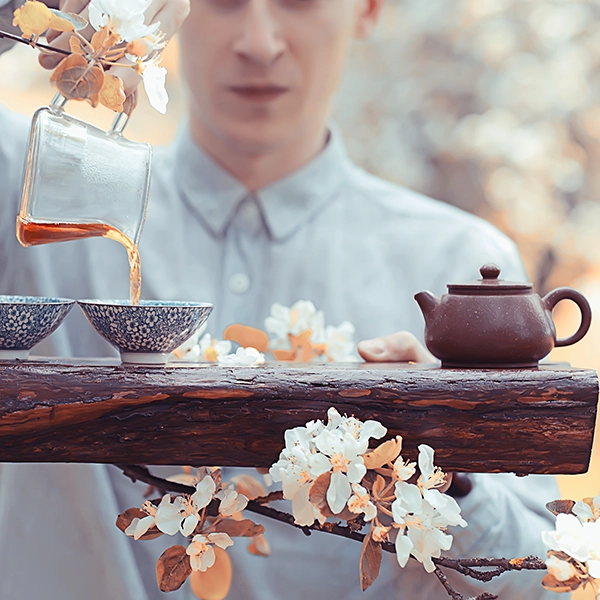
In the realm of Japanese culture, few practices are as profound and ritualistic as the traditional Japanese tea ceremony. Known as 'Chado' or 'Sado', meaning 'the way of tea', this centuries-old ceremony is a blend of art, spirituality, and respect, deeply entrenched in Zen Buddhism philosophy.
The Japanese tea ceremony is far more than just brewing and drinking tea. It's a meditative practice that seeks to promote harmony ('wa'), respect ('kei'), purity ('sei'), and tranquility ('jaku'), the four principles of tea ceremony. It encapsulates a mindful appreciation of the moment, a celebration of simplicity, and an expression of hospitality.
The origins of the tea ceremony date back to the 9th century when tea was first brought to Japan from China by Buddhist monks. Over time, the practice evolved into a structured ceremony under the influence of Zen Buddhism and the aesthetics of 'wabi-sabi', a worldview centered on the acceptance of transience and imperfection.
Every aspect of the ceremony, from the tea-making process to the tea room's architecture, is laden with symbolism and meticulous detail. The ceremony takes place in a 'Chashitsu', a specially designed tea room or tea house. The room's rustic simplicity, the carefully arranged flowers ('Chabana'), and the hanging scroll ('Kakemono') featuring calligraphy or paintings all contribute to the atmosphere of serenity.
The ceremony itself is a precise choreography of actions and manners, guided by the host's attentiveness and the guests' respectful engagement. The host prepares matcha, a powdered green tea, using traditional utensils including a tea bowl ('Chawan'), a bamboo whisk ('Chasen'), and a tea caddy ('Chaire'). The matcha is served with a bow, an act of respect to the guest.
While the host's role is to create an atmosphere of tranquility and to show respect towards the guests, the guests, in turn, must show appreciation and respect for the host's efforts. The guest receiving the tea examines the tea bowl, appreciating its form and craftsmanship, before taking a sip. This mutual respect between the host and the guest is a key element of the tea ceremony.
The tea ceremony is usually accompanied by a light meal ('Kaiseki') or small sweets ('Wagashi') to balance the bitter taste of the matcha. These too, like every element in the ceremony, are carefully chosen to reflect the season and the occasion.
Learning and mastering the art of the tea ceremony is a lifelong pursuit. It requires understanding the subtleties of the ceremony, the seasonality of the tea, the precise movements, and the underlying Zen principles. It's a journey of continuous learning, reflection, and personal growth.
Despite its deep roots in history, the tea ceremony remains relevant in contemporary Japanese society. It's a cultural practice that provides an escape from the rapid pace of modern life, allowing participants to find a moment of peace and mindfulness in the simple act of making and drinking tea.
Today, many tea schools across Japan continue to teach the art of the tea ceremony, preserving this timeless tradition for future generations. Visitors to Japan also have the opportunity to experience the ceremony, whether in traditional tea houses in Kyoto or in cultural centers in Tokyo, providing a deeper insight into Japanese culture and philosophy.
In conclusion, the Japanese tea ceremony is a beautiful blend of ritual, respect, and artistry. It encapsulates the Japanese spirit of harmony and mindfulness, offering a window into the country's cultural heritage. It's an experience that leaves one with a deeper appreciation of the simple,

